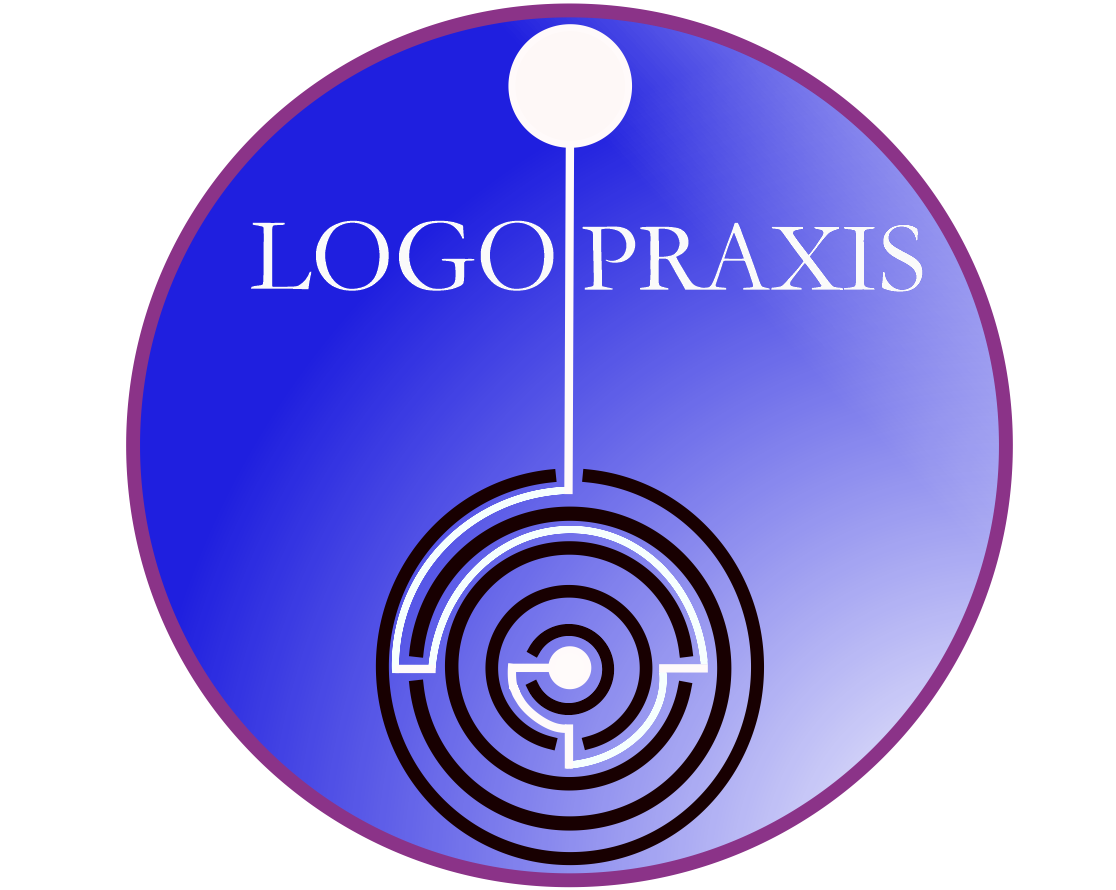From The Doctrines For Spiritual Christianity
All things in heaven come forth from the Lord in correspondence with the interiors of the angels. For angels have both interiors and exteriors. All things in their interiors have relation to love and faith, thus to the will and understanding, since the will and understanding are their receptacles; while their exteriors correspond to their interiors. That exterior things correspond to interior things may be seen above (n. 87-115). This is illustrated by what has been said above about the heat and light of heaven, that angels have heat in accordance with the quality of their love, and light in accordance with the quality of their wisdom (n. 128-134). The like is true of all other things that present themselves to the senses of angels. (Heaven and Hell 173)
Spaces and times indeed appear in heaven exactly similar to those in the world; but they are only appearances of the states with angels, for the states of their affection and consequent thought are presented in appearance before their external senses as spaces and as times, and yet they are not spaces and times like those in the natural world. (Apocalypse Explained 870)
Societies of spirits and angels appear distinct from one another as to situation, although places and distances in that life are nothing else than varieties of state. (Arcana Coelestia 1274)
For the same reason, again, anyone in the spiritual world who intensely desires the presence of another comes into his presence, for he thereby sees him in thought, and puts himself in his state; and conversely, one is separated from another so far as he is averse to him. And since all aversion comes from contrariety of affection and from disagreement of thought, whenever in that world several are together in one place they are visible (to one another) so long as they agree, but vanish as soon as they disagree. (Heaven and Hell 194)
The eye sees the universe, and the mind thinks about it, first that it was created and afterwards by whom it was created. The mind that thinks from the eye thinks that it was created by nature; but the mind that does not think from the eye thinks that it is from God; while the mind that takes the middle path thinks that it is from an Entity of which it has no idea, for it perceives that something cannot exist from nothing. But such a mind falls into nature because it has an idea of space respecting the infinite, and an idea of time respecting the eternal. Such are interior natural men; while those who think simply of nature as the creator are exterior natural men; and those who from religion think simply of God as the Creator of the universe are exterior spiritual men; and those who from religion think wisely of God as the Creator of the universe are interior spiritual men; but these latter two classes think from the Lord. (Divine Love and Wisdom 12)
Key Points From The Video
Spiritual Objects and Affections: Sensory objects in angelic consciousness represent the states of their minds and their love for heavenly uses. These objects are mental projections, and the teachings of Spiritual Christianity link the mind directly to the spirit, identifying even angelic bodies as representations of mental states.
Appearances of Space and Time: Space and time are mental constructs without independent existence. Angelic consciousness perceives their sensory world as representations of mental states, created by the Divine as received into the will and intellect.
Implications for the Natural World: The natural world appears to consist of external, material bodies, but this perception is not necessary. The mind can generate lifelike appearances, suggesting that the external reality is a mental simulation rather than an independent existence.
Multiple Choice Questions
1. What do spiritual objects in angelic consciousness represent?
a) Material reality
b) States of mind and heavenly love
c) Independent sensory bodies
d) Fixed elements of space
Answer b)
2. How does angelic consciousness perceive space and time?
a) As independent external realities
b) As illusions with no significance
c) As mental constructs tied to their state of mind
d) As a result of natural progression
Answer c)
3. What role does the Divine play in the appearance of sensory objects?
a) It passively observes their formation
b) It creates them through the minds of angels
c) It ensures their permanence in space
d) It removes them when no longer needed
Answer b)
4. What assumption about the natural world do the concepts of Spiritual Christianity challenge?
a) That the mind has no role in shaping sensory experiences
b) That physical objects are insignificant
c) That space and time are unchangeable truths
d) That material bodies exist independently of the mind
Answer d)
5. How does the mind simulate external reality?
a) By projecting its states into the appearance of space and time
b) By interacting with independent physical bodies
c) By rejecting the concept of space altogether
d) By suppressing spiritual perceptions
Answer a)
Reflective Questions
1. How might your understanding of your surroundings change if you viewed them as reflections of your mental or spiritual state?
2. What parallels can you find between the concept of spiritual objects and your personal experiences of the natural world?
3. How does the idea that the mind creates the appearance of space and time affect your perception of Divine creation?
Experiential Integration
Spend a few moments observing your environment and reflecting on how your inner state may influence your perception of it. Note any instances where your mood, thoughts, or affections seem mirrored in the way you experience the world around you, such as in the quality of light, colours, or the sensations you notice.
Journal these reflections to deepen your awareness of the connection between inner and outer realities.

